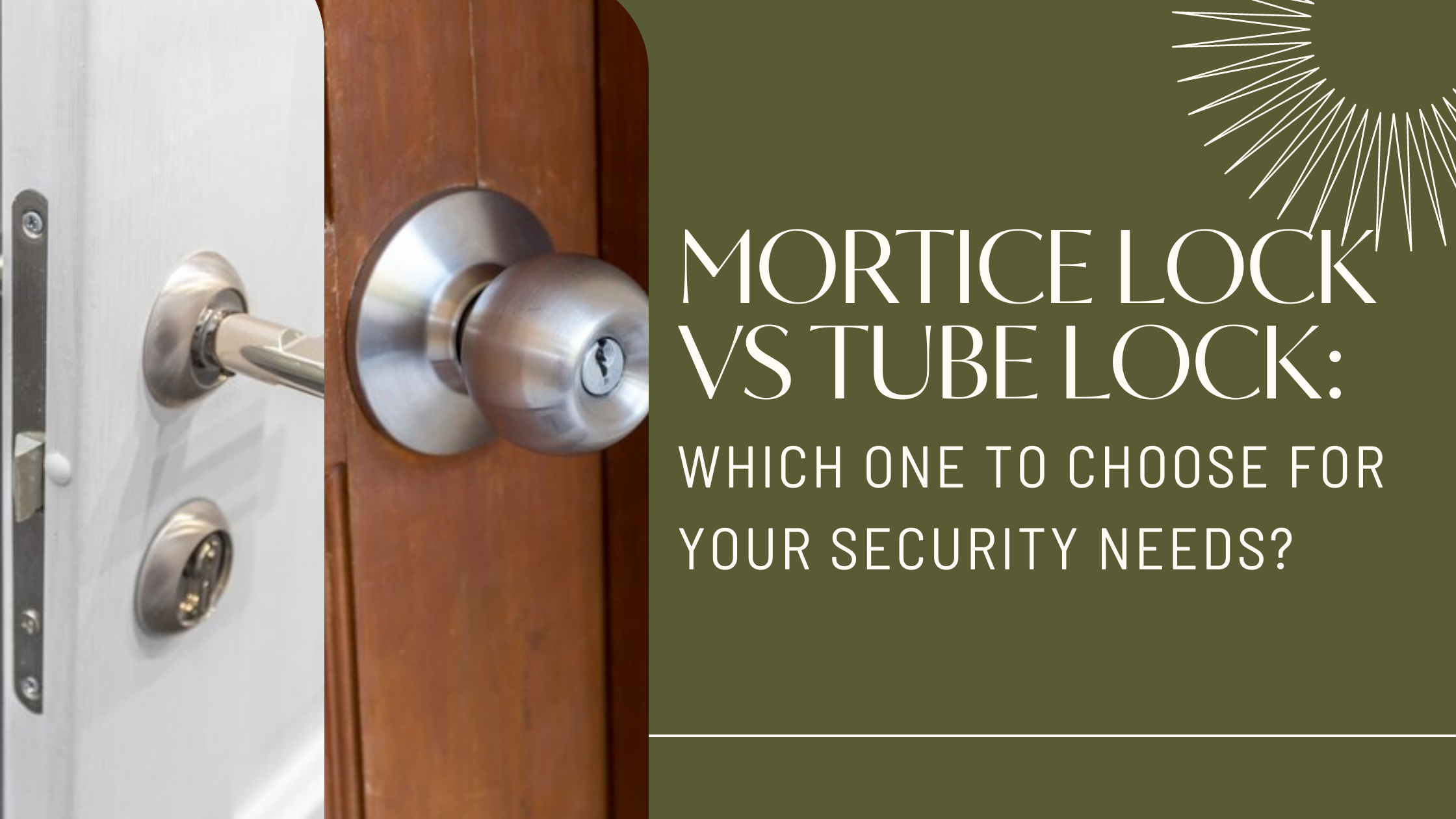As technology continues to advance, so do the ways we secure our homes and businesses. One popular method of access control is keypad locks. Keypad locks are a modern alternative to traditional locks and keys.
With keypad locks, users can enter a code instead of using a key to unlock a door. Keypad locks offer several advantages over traditional locks, including increased security, convenience, and customization options.
Table of Contents
ToggleHow Keypad Locks Work
Keypad locks operate through an electronic system that requires a user to enter a code to unlock the door. Keypad locks come in two primary types: standalone and integrated. Standalone keypad locks are battery-operated and do not require any wiring or additional hardware.
They are typically installed on the surface of a door and can be easily programmed with new codes. Integrated keypad locks, on the other hand, are wired into a larger access control system and can be programmed and managed remotely.
Increased Security
Keypad locks offer increased security over traditional locks and keys. One of the primary benefits of keypad locks is that they are resistant to picking and lock bumping, which are common methods used by burglars to gain entry.
Keypad locks also eliminate the need for spare keys, which can be lost or stolen. With keypad locks, users can change the code regularly, further increasing the security of the system.
Convenience
Keypad locks offer a high level of convenience. Users can enter a code to unlock the door without the need for a key, which can be especially beneficial in situations where users have their hands full or have lost their keys.
Keypad locks can also be programmed with temporary codes, which can be used to provide access to contractors, house guests, or other individuals who require temporary access.
Customization Options
Keypad locks offer a high level of customization options. Users can program and manage their own codes, allowing them to set access permissions for different users.
For example, users can set up different codes for family members, housekeepers, or contractors, giving each user access to specific areas of the home or business. Keypad locks also offer remote management options, allowing users to change codes and monitor access from anywhere with an internet connection.
Types of Keypad Locks
There are several types of keypad locks available on the market today. Some popular options include:
-
- Deadbolt keypad locks: Deadbolt keypad locks are installed on the inside of the door and are designed to be used in conjunction with a traditional lock. They are available in both standalone and integrated options.
-
- Lever handle keypad locks: Lever handle keypad locks are designed to replace traditional door handles and are often used on commercial properties. They are available in both standalone and integrated options.
-
- Bluetooth-enabled keypad locks: Bluetooth-enabled keypad locks offer a high level of convenience by allowing users to unlock the door using their smartphone. These locks are typically integrated and can be managed remotely.
Installation and Maintenance
Keypad locks are relatively easy to install and maintain. Standalone keypad locks can be installed using just a screwdriver, and integrated keypad locks can be wired into an existing access control system. Maintenance for keypad locks typically involves changing the batteries or replacing any worn or damaged components.
Conclusion
Keypad locks offer several benefits over traditional locks and keys, including increased security, convenience, and customization options. With several types of keypad locks available on the market, users can choose the option that best fits their specific needs.
If you are interested in upgrading your home or business security, consider installing a keypad lock system. With the increased security and convenience they offer, keypad locks are the future of access control.




